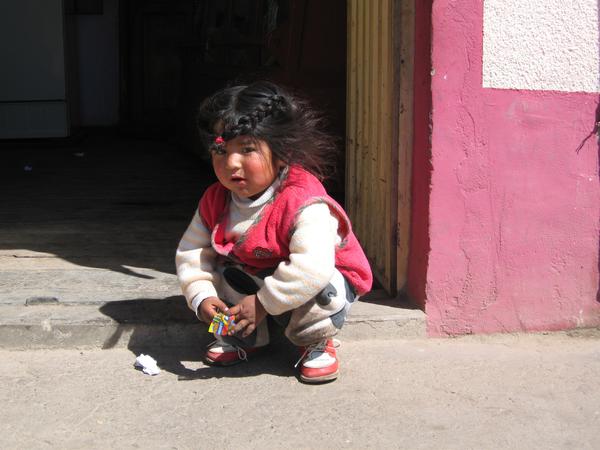
Enterotoxigenic Escherichia coli
According to the World Health Organization enterotoxigenic Escherichia coli (ETEC) is responsible for 280-400 million episodes of diarrhea, many of which lead to malnutrition, and about 380 000 deaths annually. Most of the victims are children less than 5 years of age living in developing countries. This makes ETEC one of the most important enteropathogens in impoverished children. ETEC is also considered the most common cause of travelers' diarrhea.
ETEC
ETEC is transmitted by the fecal-oral route, whereupon it colonizes the small intestine. Adhesion to the intestinal epithelium is mediated by colonization factors, protein structures on the bacterial surface. The secreted heat-stable (ST) and heat-labile (LT) enterotoxins elicit net secretion of salts and water, resulting in diarrhea, in the most serious cases producing a profuse cholera-like condition. Epidemiologic data suggest that ETEC-strains secreting ST, with or without LT, induce the most severe disease among children of developing countries.
ETEC vaccine targets include the colonization factors, other surface antigens, LT and ST. For a vaccine to be effective it may have to elicit both anticolonizing- and antitoxin-immunity.
ETECvac
The ETECvac research group at the University of Bergen is a cross-faculty vaccine-initiative involving the Faculty of Medicine and Dentistry and the Faculty of Mathematics and Natural Sciences. The startup-project,EntVac, is anchored at the Centre for International Health and was funded by the Norwegian Research Council with NOK 15 million in May 2009. In addition to the ETEC-related activities at the University of Bergen, EntVachas activities at the Norwegian Institute of Public Health in Oslo, the University of Maryland in Baltimore and l'Institut Pasteur in Paris. Read more about EntVac here.